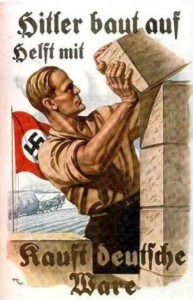A scene in Super Sad True Love Story that strongly represents a distopic image of the world is demonstrated on page 103 as Eunice and Lenny visit Central Park together. In the scene, Lenny describes the dying transit system, explaining that it now is run in a for-profit manner by corporations aligned with the corrupt American government under the repeated propaganda that “Together We’ll Go Somewhere”. He continues to describe the segregation that exists on the train between the business class who pay, as he explains, “the extra ten dollars” to be given a small piece of somewhat comfortable seating and the protection from the National guard against Low Net Worth Individuals who find themselves restricted to the regular cars.
Not only does the transit system represent an unjust, apocalyptic, survival-like arrangement dedicating to protecting the upper class, but the notion that there would be any form of unity and togetherness as brought-forth by the slogan of the ARA is simply preposterous. Eunice’s interjecting question “Why do you live here?” perfectly sums up the attitude of readers of the novel who find this to be a sad, broken state of living. The horror and disgust towards the system she feels resonates with that of any sane point of view on this lie of an existence.

I chose the image of a Nazi propaganda to demonstrate the notion that corrupt and broken governments have continuously through history utilized such falsities in order to gain the approval of citizens and to create perhaps a sense of hope in a time of absolute doom. In Germany, this doom was created by the aftermath of World War one in the form of the great depression and the treaty of Versailles. In Super Sad True Love Story, this is represented by the systematic degradation of the US.
